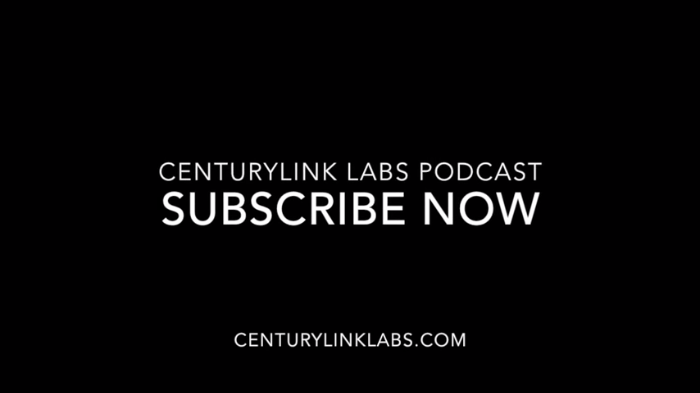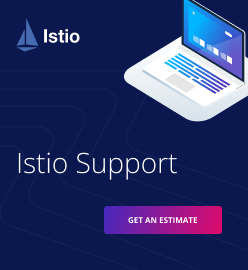James Watters on How Diego and BOSH Changed Cloud Foundry

Cloud Foundry is becoming a standard for open PaaS. Still, what will it look like in the future? From this video, you will learn where the most growth for CF is expected in the coming years. You can also find out more about the differences between OSS Cloud Foundry and Pivotal CF.
There is a concept of a micro-PaaS that allows for running your own PaaS on your own hardware with no complications. This video provides answers where it all stems from and how it affects CF evolution.
One needs BOSH to install CF, but is it possible to install Diego without BOSH? Or can one install Diego on a private Mac or does it have to run on VMs? You can get the answers from the video.
Deploying Cloud Foundry is all about using BOSH. Still, it's not the only tool available. In this video, James Watters tells how BOSH compares to other orchestration tools, such as Chef, etc. You will also learn what Diego can offer developers.
The two biggest milestones for Cloud Foundry
In a stimulating conversation led by AppFog’s founder (and current CenturyLink’s executive) Lucas Carlson, James Watters of Pivotal went into detail about Diego, BOSH, Pivotal CF, and Docker.
These are the big, high-level takeaways:
- The biggest change with Cloud Foundry over the years came when it went to buildpacks and an extensible model. “It had a very deterministic pipeline before. Now it plugs into a broad ecosystem.”
- Cloud Foundry broke open the concept of programming against framework, not infrastructure “in a developer-friendly way.”
- Diego is the second-biggest change. “We realized we needed to be more modular. With Diego and the Go language, we were able to take down the payload and memory footprint, so you can now use a modular piece of code as your own little container scheduler with great availability.”
- Diego also came from a need to develop a more microservices-based approach.
- Diego “is a very app-centric container scheduler. There’s a simply push specialized routing system (in which) you can just make command-line arguments and deploy (say) 300 instances in 30 seconds.”
- “Diego (thus) makes working at small or arbitrarily large scale the same thing.”
- BOSH should be thought of as “a declarative cloud-integrated deployment and life-cycle tool. Declare what you want, (then you) need to simply tell it the scale you want to run at and away it goes.” He did not that the complexity with BOSH comes with creating the deployments, i.e., creating your declarative manifest.
Pivotal CF: business growth
On the less technical side, James refers to the scale of Pivotal’s resources—number of developers and its sales and marketing force—as well as its recent growth. He mentions “double-digit number of deals in China this quarter,” thousands of installs, the number of enterprises adopting Pivotal CF as “approaching 100,” and as many as 250,000 people using Pivotal Web Services.
On this latter point, he says “we want the most number of highly active users,” and that Pivotal merely breaks even on this service “to help us burn in the software.”
He also provides a distinction between the foundations for CF and OpenStack, noting that companies may “only call (something) Cloud Foundry if using the core bits that we ship together, unlike OpenStack (in which) you can (go) with only a quarter of the APIs.”
He calls Pivotal’s implementation “not a better Cloud Foundry but a supported enterprise distribution with better management tools.”
The undercurrent throughout the entire conversation is the apparent confidence James has in Pivotal’s ability to emerge as a foundational technology provider. And he doesn’t see much hope for a new startup to try to enter the PaaS space, but encourages companies to solve specific, discrete problems within the cloud/PaaS ecosystem.
From this conversation, it may appear that the major Cloud Foundry players show up at all the same "usual events." One can find that it is not reflective of the enterprise IT world as a whole.
The low-level conversations seem to be several steps ahead of an enterprise IT world that is only now grappling seriously with cloud adoption. James himself points out that even the feared public-cloud giant Amazon has reached less than 10% of the market, and on the development front he says he’s not a fan of "premature optimization."
One wonders how well this profound, front-edge conversation is understood by mainstream enterprise IT executives, and how long it might be before they are synced up with it.
In another session, James Watters gives more answers to the questions that are of a particular interest to the executives. In adition, describing real-life use cases of CF adoption is still the best way to speak the same language with enterprises.
Want details? Watch the video!
Table of contents
https://www.youtube.com/watch?v=g80ioBe8gSg |










